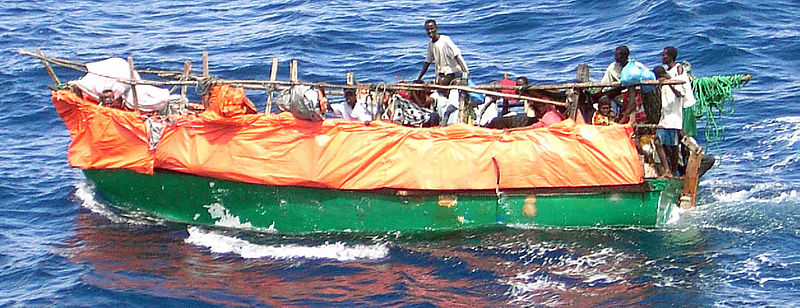Lester Brown: the rising tide of environmental refugees
By Lester R. Brown, October 22, 2009 Our early twenty-first century civilization is being squeezed between advancing deserts and rising seas. Measured by the biologically productive land area that can support human habitation, the earth is shrinking. Mounting population densities, once generated solely by population growth, are now also fueled by the relentless advance of deserts and may soon be affected by the projected rise in sea level. As overpumping depletes aquifers, millions more are forced to relocate in search of water. Desert expansion in sub-Saharan Africa, principally in the Sahelian countries, is displacing millions of people—forcing them to either move southward or migrate to North Africa. A 2006 U.N. conference on desertification in Tunisia projected that by 2020 up to 60 million people could migrate from sub-Saharan Africa to North Africa and Europe. This flow of migrants has been under way for many years. In mid-October 2003, Italian authorities discovered a boat bound for Italy carrying refugees from Africa. After being adrift for more than two weeks and having run out of fuel, food, and water, many of the passengers had died. At first the dead were tossed overboard. But after a point, the remaining survivors lacked the strength to hoist the bodies over the side. The dead and the living shared the boat, resembling what a rescuer described as “a scene from Dante’s Inferno.” The refugees were believed to be Somalis who had embarked from Libya, but the survivors would not reveal their country of origin, lest they be sent home. We do not know whether they were political, economic, or environmental refugees. Failed states like Somalia produce all three. We do know that Somalia is an ecological disaster, with overpopulation, overgrazing, and the resulting desertification destroying its pastoral economy. Perhaps the largest flow of Somali migrants is into Yemen, another failing state. In 2008 an estimated 50,000 migrants and asylum seekers reached Yemen, 70 percent more than in 2007. And during the first three months of 2009 the migrant flow was up 30 percent over the same period in 2008. These numbers simply add to the already unsustainable pressures on Yemen’s land and water resources, hastening its decline. …
